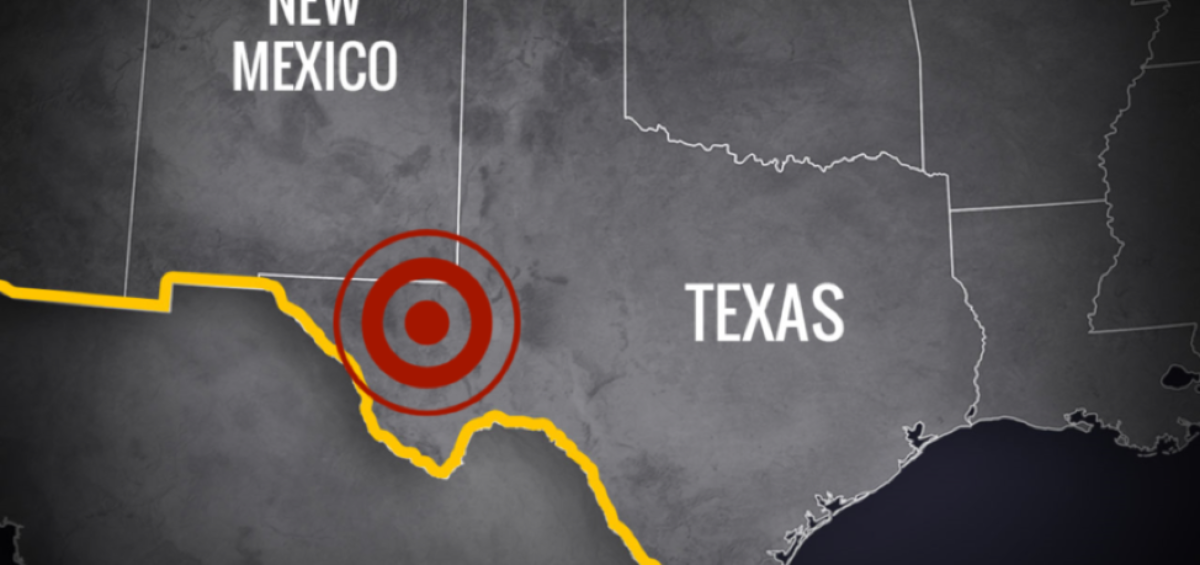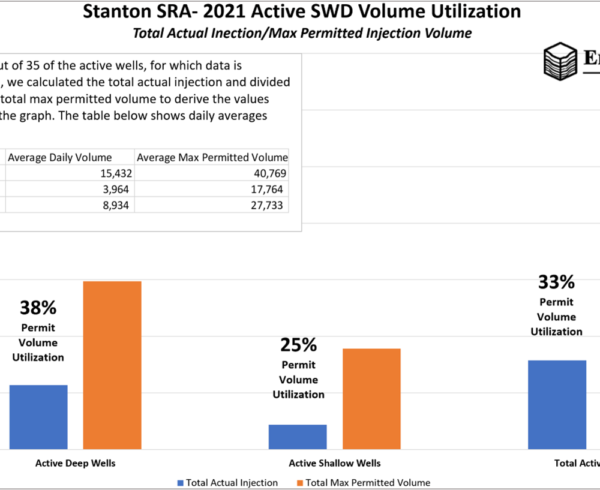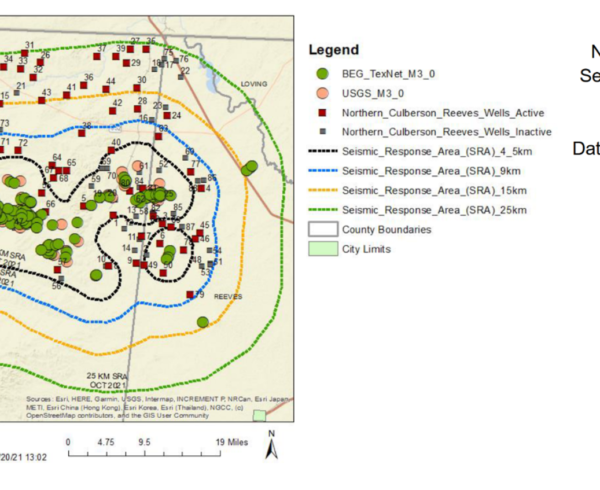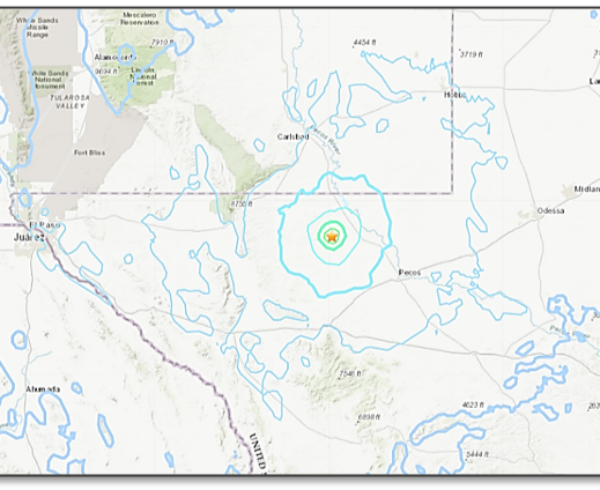When it rains, it pours! By now you have likely heard of the 5.0 earthquake detected in Culberson county, 175 miles W of El Paso, about 26 miles West of Mentone, Texas.
I checked on the population of Mentone – the last update was in 2010 with a reported population of 19, which at the time was almost a quarter of the population of Loving County, Texas – with 82 people at the time.
While times have clearly changed, “Social Distancing” has always been alive and well in far West Texas.
Back to the 5.0 earthquake in West Texas. There is no reported damage to the area. Nearby residents described it feeling like the vibration of a train when it passes, but bigger. The quake would have strongly shaken the epicenter, a sparsely populated area. Shaking in El Paso and Odessa was light, the USGS said.
Starting today we will be providing our two cents on the situation, both in blogs here on the EnergyMakers Advisory Group site and on LinkedIn. But, we always advise taking any media “diagnosis” with a grain of salt.
We are already seeing media reports citing (unnamed) “scientists” claiming causation in West Texas is caused by injection.
As you know if you have ever heard me speak, I take serious issue with this conclusion and believe the available data suggests otherwise.
EnergyMakers Advisory Group believes most of the activity in the Delaware basin is more likely due to “far-field effects” (which can relate to long-term production of hydrocarbons and associated water, extraction, compaction, settling, and shifting, and possibly far-field or secondary effects from injection) and in a small percentage of cases, hydraulic fracturing (2-5% of estimated induced earthquakes in the area) might be at play.
While we have not yet completed our deep dive into this particular situation, up until this point in time, we have found zero correlations with Delaware seismicity and active injection well locations or injection volumes in the central basin.* Nor have we seen scientific research providing data that supports a theory that “injection is responsible for induced seismicity” in the Delaware basin.
While injection is likely the culprit in some areas of Texas, and in many areas of Oklahoma, don’t jump to that conclusion in the Delaware basin. Or if you do, show us the data first!
We will continue tracking this story, and other developments related to seismic events and oil and gas production in the Permian and elsewhere. Follow us if you are interested in this topic, and our take on some of the recent research as it applies to this topic.
Stay safe and at peace!
Laura and the team at EnergyMakers
*Disposal Well data available through the RRC typically lags the calendar by 15-18 months.








